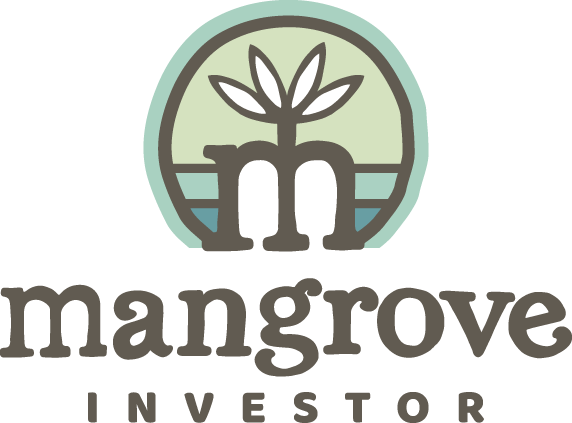
For most people the thought of buying a stock is simply an investment into a public company. Check out Own a Piece of the Pie for more on that. What they don’t realize is stocks can come in many flavors.
As your investing becomes more seasoned, it is good to understand that stocks can come in many different forms. When choosing what stocks to invest in, it is a good idea to understand and align with your investment strategies.
What follows are some of those basic stock categories.
Common stock
Starting out when you buy a stock, most likely your buying of common stock, creatively named because it is the most common type of stock. Common stock can skyrocket in value, but also plummet if the company completely fails.
When you own common stock, you own a share in the company’s profits as well as the right to vote. Common stock owners may also earn dividends, a payment made to stock owners on a regular basis.
Preferred stock
The other main type of stock is preferred stock. Preferred because if you own these you get preferential treatment or an extra layer of protection over common stock. Dividends are paid to preferred shareholders before common shareholders, including in the case of bankruptcy.
Preferred stock typically pays investors a fixed dividend and is often considered the bond of the stock world. Oh and if you want a say in how the company is operated, then preferred stock may not be for you, they typically do not come with voting rights.
Other Stock Categories
Now that we have the two major stock types out of the way let’s go over how stocks can be different. Understanding this difference can help guide your investment decisions.
The Cap?
The cap is a large-cap, mid-cap or small-cap stocks reference to a company’s capitalization based on its total market value of its publicly traded shares.
A large-cap company has a market capitalization of over $10 billion. A mid-cap company has a market capitalization between $2 billion and $10 billion, and a small-cap company has less than $2 billion in market capitalization. Large-cap companies usually have broader market issuance experience with greater access to the capital markets. In general, a large-cap usually has the greatest trading liquidity.
Large-cap companies tend to be long-term investments because of their stability and dividends. As you descend the scale of cap’s you can expect more volatility with risk and return.
Home Turf or Foreign land?
You can categorize stocks by where they’re located in the form of a domestic stock or international stock. For purposes of distinguishing domestic stocks from international stocks, you can look at the location of the company’s official headquarters.
Keep in mind that a stock’s geographical category doesn’t always mean that the company is solely based or does all its business domestically. There are many large domestic corporations that not only do business outside the United States but derive a large percentage of its sales internationally.
Growth or Value?
Growth stocks and value stocks are two ways to look at a stock. With a growth stock, the expectation is the company’s sales and profits are quickly on the rise. Where a value stock appears to be inexpensive relative to similar companies or to their past stock price.
A growth stock tends to have higher risk levels, but the potential returns can be extremely attractive. Since these stocks do not generally pay dividends, an investors anticipated earnings are derived through capital gains when they eventually sell the shares in the future.
A value stock is priced lower than what the company’s fundamentals or performance may otherwise indicate. They’re often mature, well-known companies that have already grown into industry leaders and therefore don’t have as much room left to expand. For all their potential upsides, value stocks are considered riskier than growth stocks because of the negative sediment the market may have toward them. For a value stock to turn profitable, the market must alter its perception of the company.
Be the first
The excitement of getting in on the ground floor and being the first in the door, no day is more exciting than IPO day on the market floor. IPO (Initial Public Offerings) stocks are companies that are offering stock to the public for the first time. But forewarned IPOs can also be risky, especially when there’s disagreement about their business model or ability to grow and profit.
Stocks that keep giving
A dividend stock can be the gift that keeps giving with payments to their shareholders on a regular basis. Sometimes referred to as an income stock, they can provide additional income for investors, and that makes dividend stocks an attractive alternative.
Safety Dance
Safe stocks tend to make relatively small movements up and down compared with the overall stock market. Also known as low-volatility stocks, safe stocks typically operate in industries that aren’t as sensitive to changing economic conditions. They often pay dividends, and that income can offset market downturns during tough times.
Blue or Penny?
Perceived quality and historical trends can define a stock. Blue chip stocks are considered top of the heap or companies that are industry leaders and have strong reputations. Blue chips typically don’t provide enormous returns but steadily grow over a long-term hold. Blue chips provide stability and make them a favorite among risk averse investors.
In contrast, a penny stock is viewed as a low-quality company that has an extremely inexpensive price, normally less than a dollar per share. These companies are much more speculative and are prone to schemes. They come with a high amount of risk. It’s important to do your due diligence and understand what you’re getting into with a penny stock.
There can be ups and downs
The economy tends to contract and expand with times of growth and recession. Some businesses have greater impact because of these cycles, and therefore we consider these cyclical stocks.
Cyclical stocks include companies such as travel and luxury goods because an economic downturn may cause customers to adjust in their spending and this typically means cutting back nonessentials like trips or buying something fancy that they really don’t need. However, when economies are strong, let’s all travel and enjoy some extravaganza.
For the Good,
Michael Nichols


